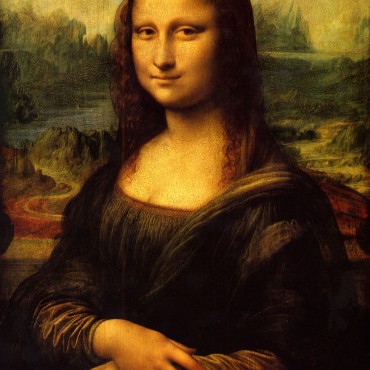
The Mona Lisa – Leonardo Da Vinci, 1503
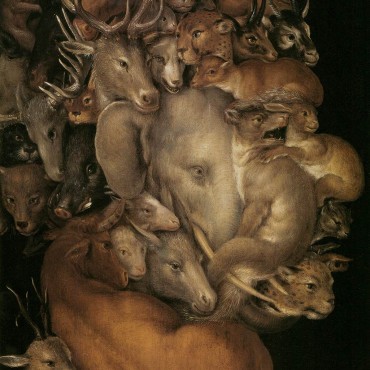
Earth – Giuseppe Arcimboldo, 1570
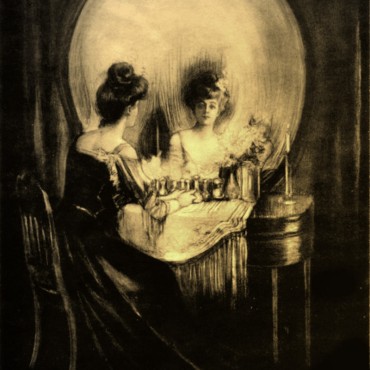
All is Vanity – Charles Allan Gilbert, 1892
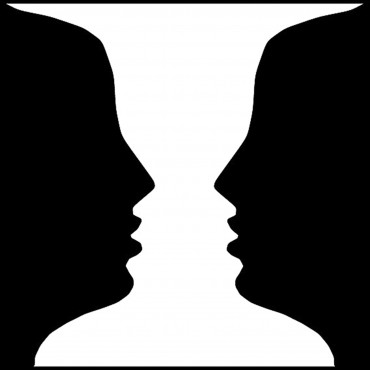
Rubin’s Vase – Edgar Rubin, 1915
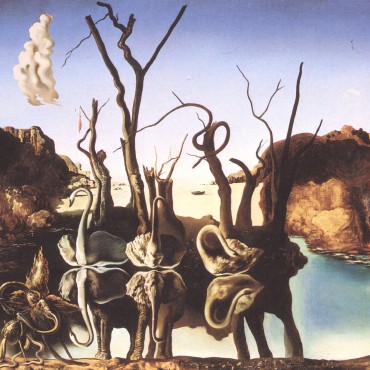
Swans Reflecting Elephants – Salvador Dali, 1937
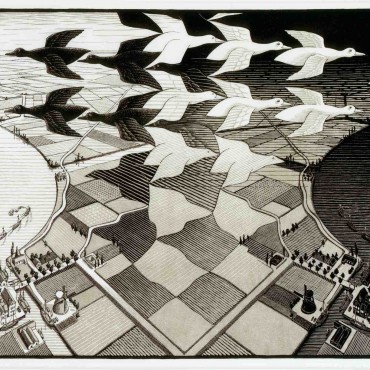
Day and Night – M.C. Escher, 1938
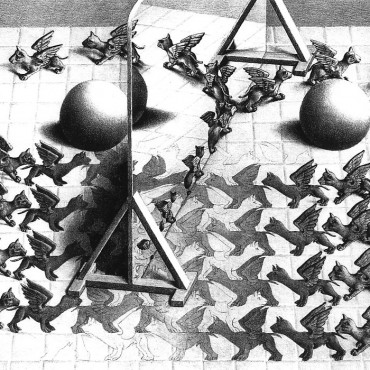
Magic Mirror – M.C. Escher, 1938
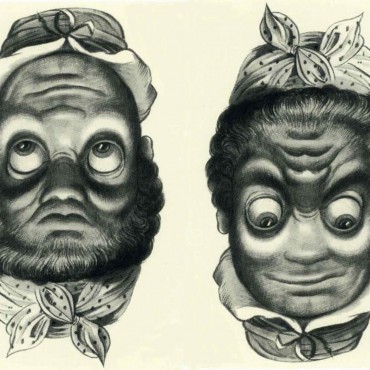
Tinker and Housewife – Rex Whistler, 1946
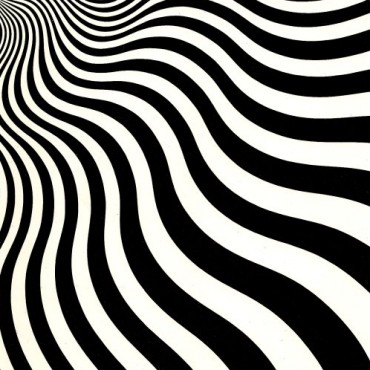
Intake – Bridget Riley, 1964
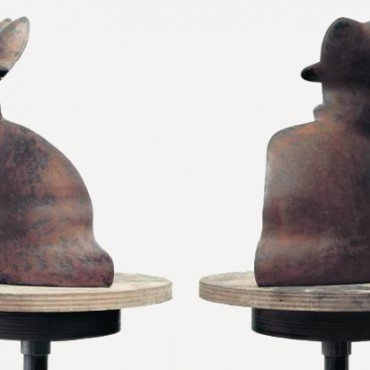
Metamorphose I – Markus Raetz, 1990
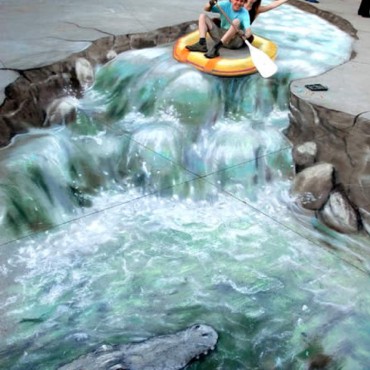
White Water Rafting – Julian Beever, 1990
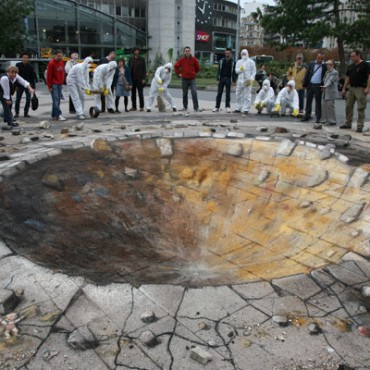
Explosion in Paris – Julian Beever, 2001
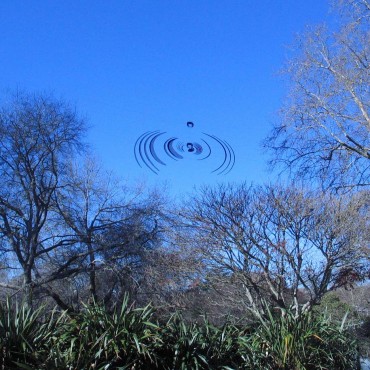
Ripples – Neil Dawson, 1987

The Orb – Neil Dawson, 1991
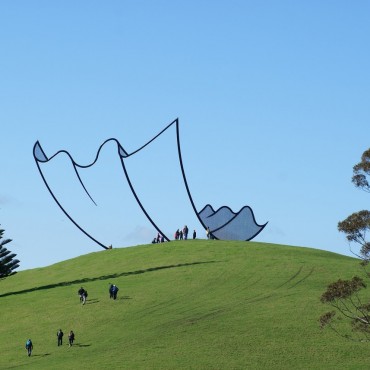
Horizons – Neil Dawson, 1994
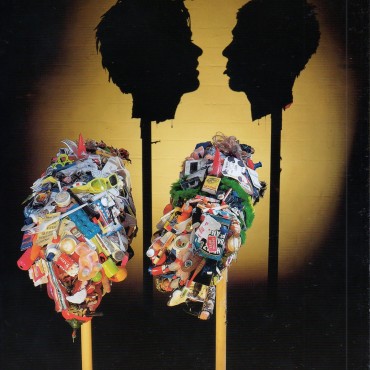
Miss Understood & Mr Meanor – Tim Webster and Sue Noble, 1997
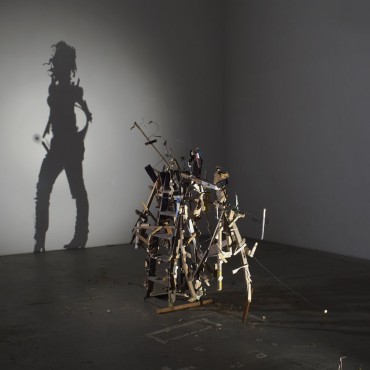
The Individual – Tim Webster and Sue Noble, 2012
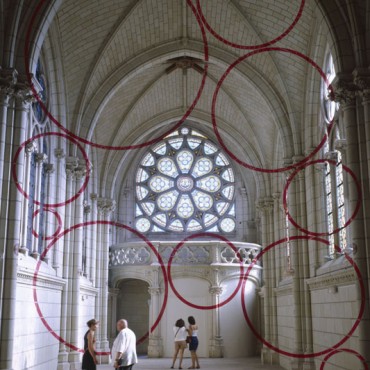
Surrounding at Ten – Felice Varini, 1999
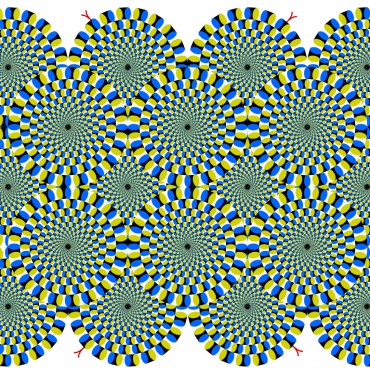
Rotating Snakes – Akiyoshi Kitaoka, 2003
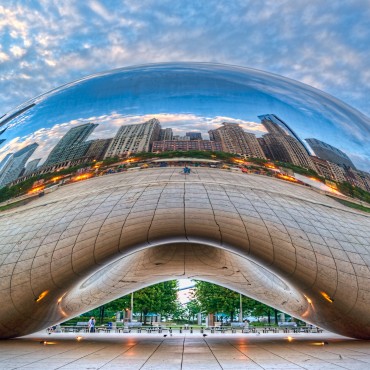
Cloud Gate – Anish Kapoor, 2006

Hiding in the City – Liu Bolin, 2008
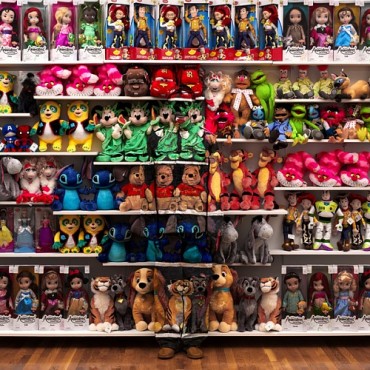
Hiding in New York – Liu Bolin, 2012

The Eye of History – Marc Quinn, 2012
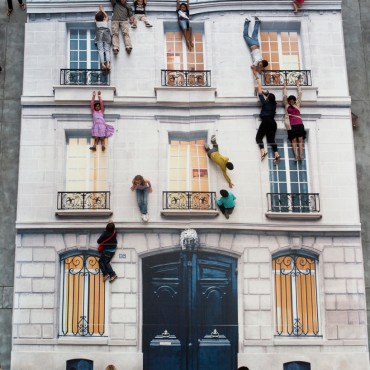
Dalston House – Leandro Erlich, 2013
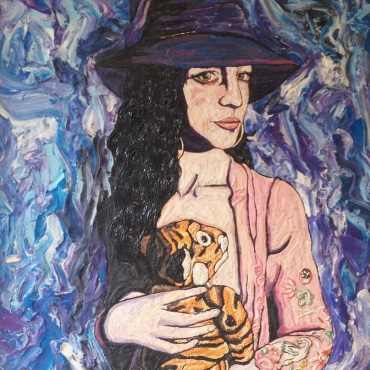
Tiger – Henry Hudson
























